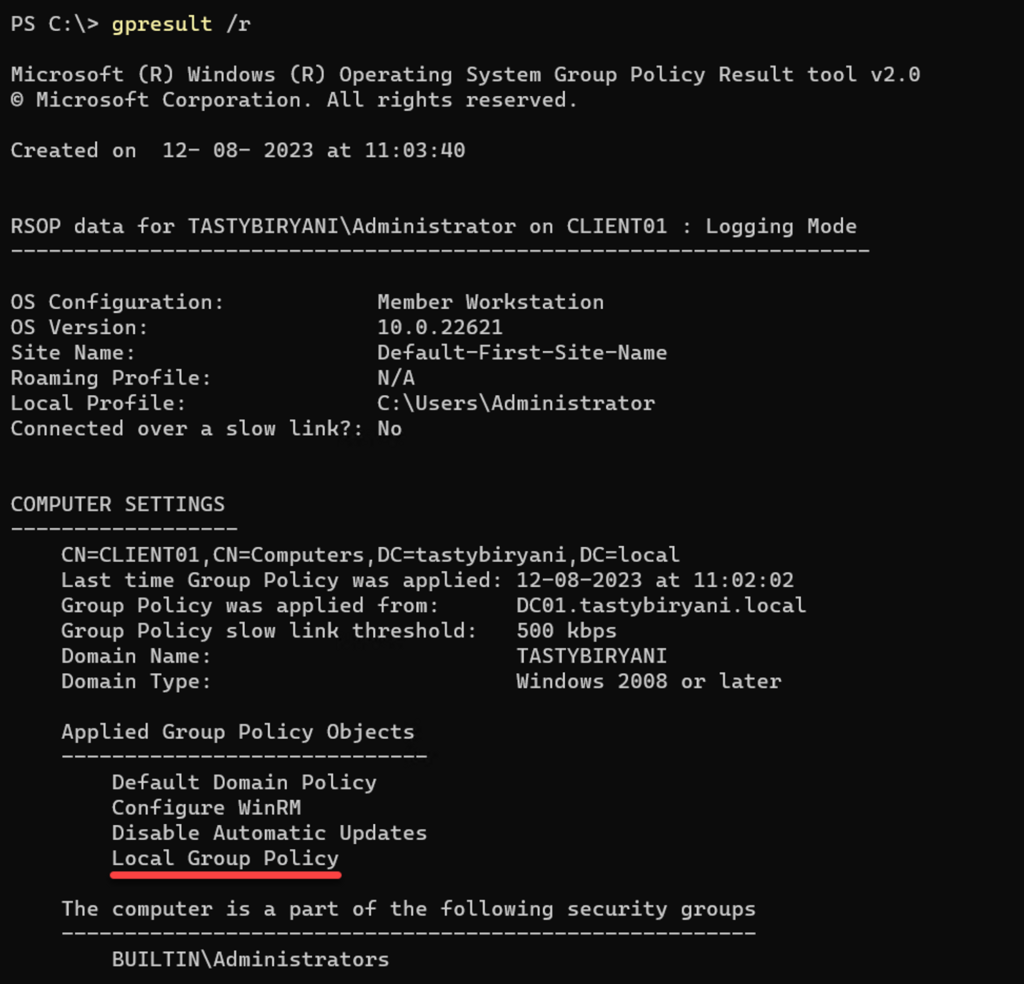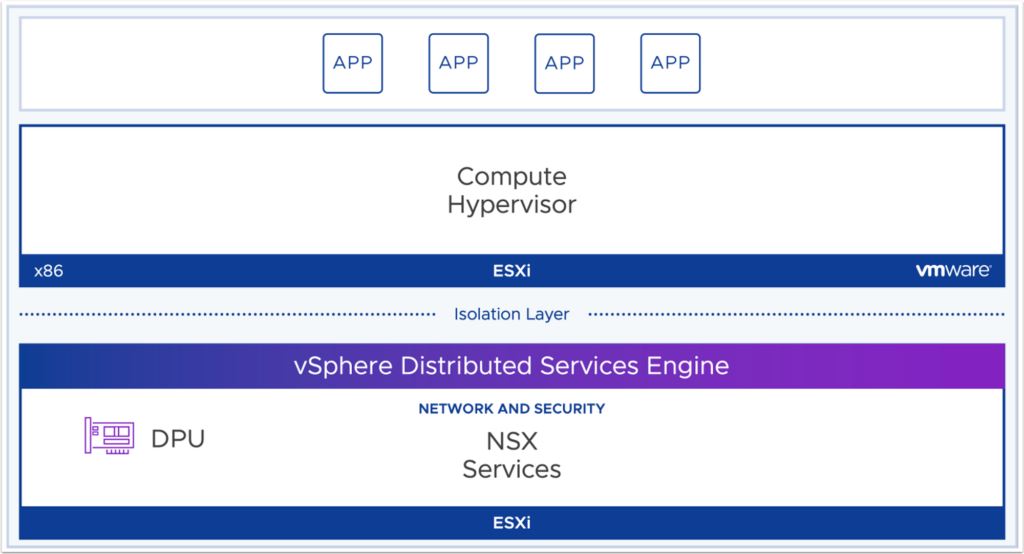When managing an Active Directory environment, it’s essential to know which domain controller holds the Operations Master role. This role, also known as the Flexible Single Master Operations (FSMO) role, is responsible for specific operations within the Active Directory infrastructure. In this blog post, we will explore different ways to find the Operations Master role in Active Directory.
Method 1: Using GUI
- Before finding the Schema Master role, it is necessary to register the DLL by opening an elevated command prompt window and running the command
regsvr32 schmmgmt.dll. Make sure that the registration of the DLL is successful.

- Open an MMC snap-in window, type mmc.exe in the Run window.
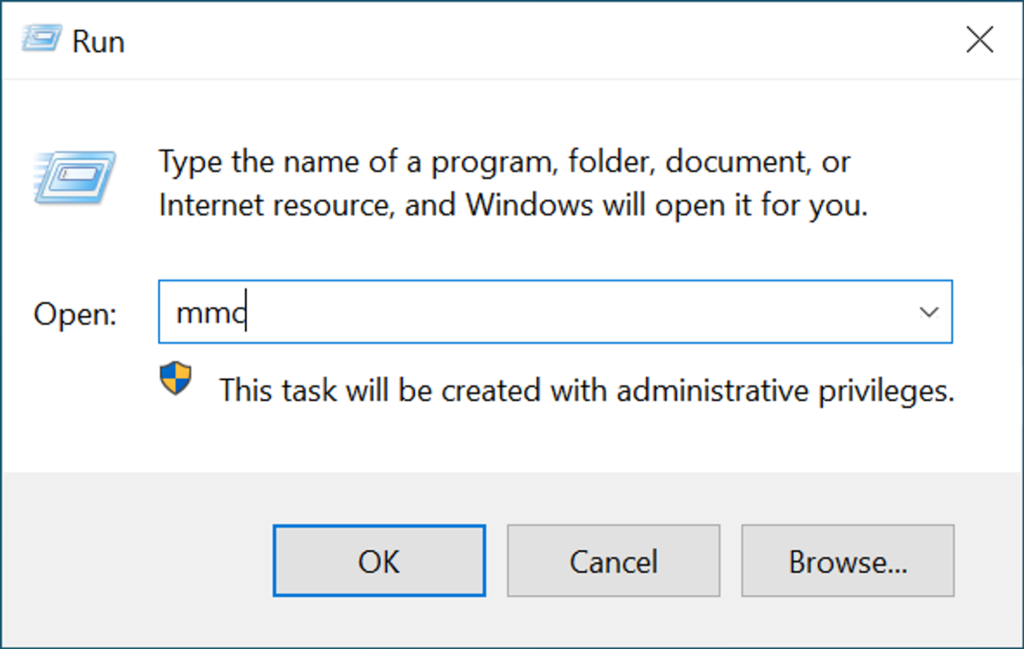
- Click File > Add or Remove Snap-in…

- Add the below mmc snap-ins by selecting them and clicking Add > and click OK.
- Active Directory Schema
- Active Directory Domains and Trusts
- Active Directory Users and Computers

- In the console, right-click on Active Directory Domains and Trusts and click on Operations Master… to find your Domain Naming Operations Master. My domain naming operations master is DC01.
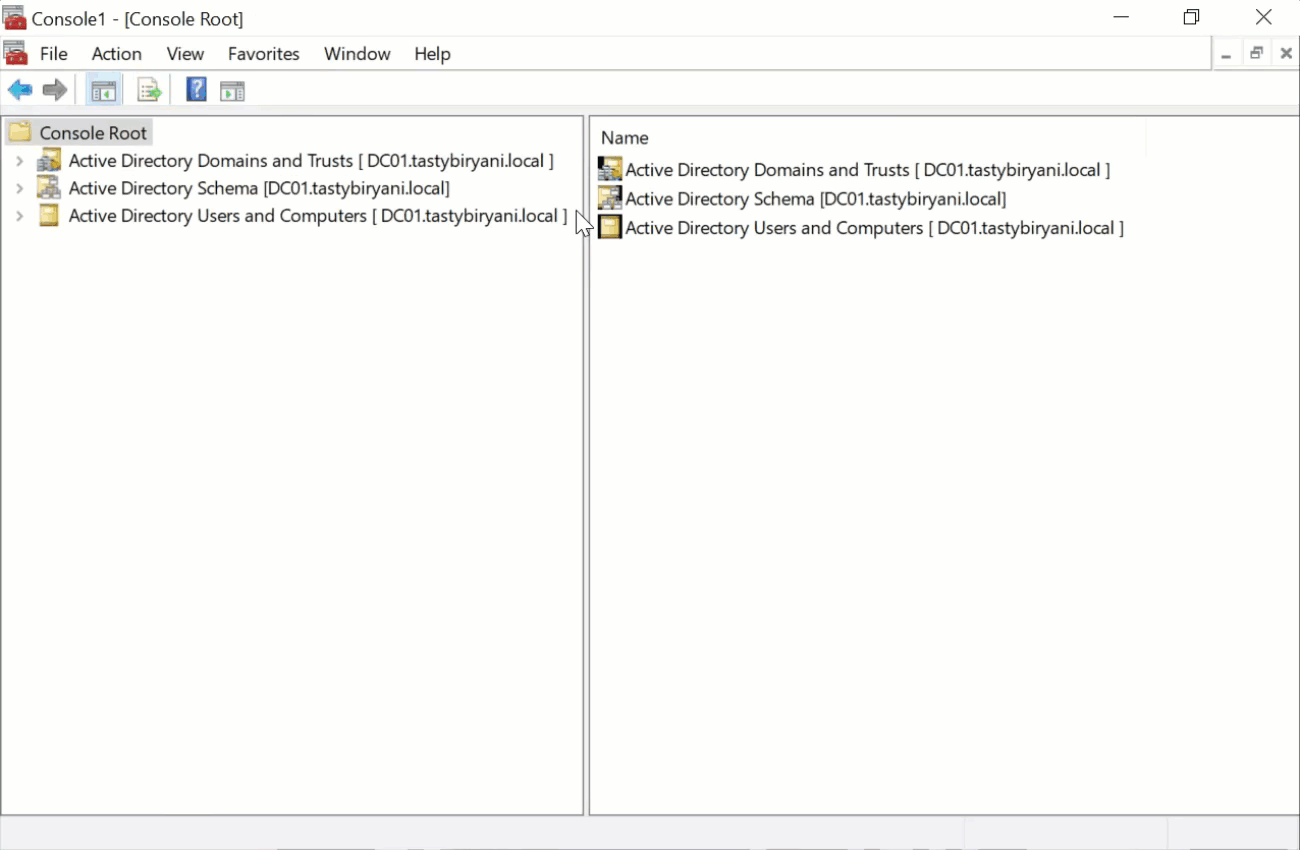
- Right-click on Active Directory Schema and click on Operations Master… to find your Schema Operations Master. My schema operations master is DC01.
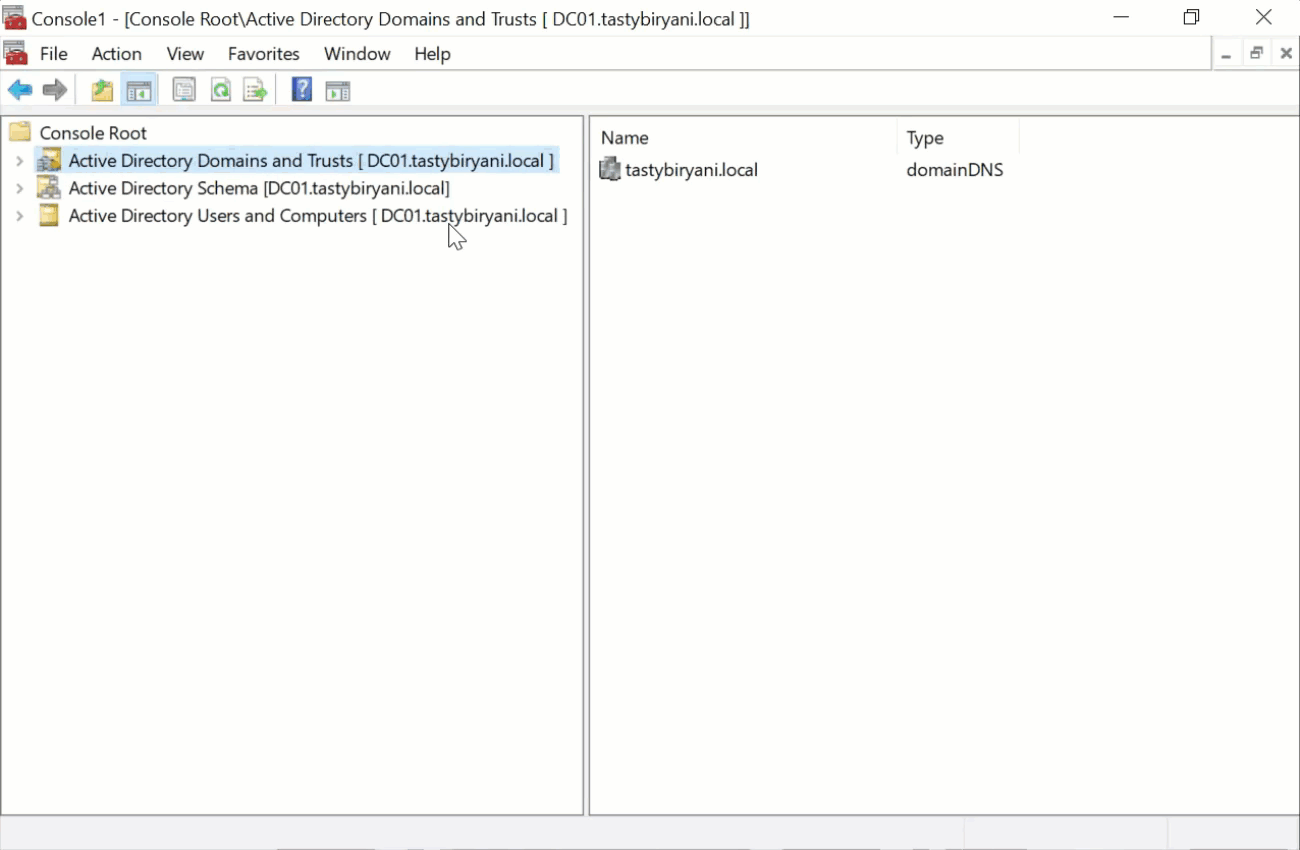
- Expand the Active Directory Users and Computers MMC snap-in. Right-click on the AD domain, which in the below example is tastybiryani.local, and click on Operations Masters… The Operations Masters dialog box will appear, displaying three tabs: RID, PDC, and Infrastructure. Each tab represents a different Operations Master role. The domain controller ‘DC01’ in the below examples is holding all three domain-wide FSMO roles (RID, PDC and Infrastructure).
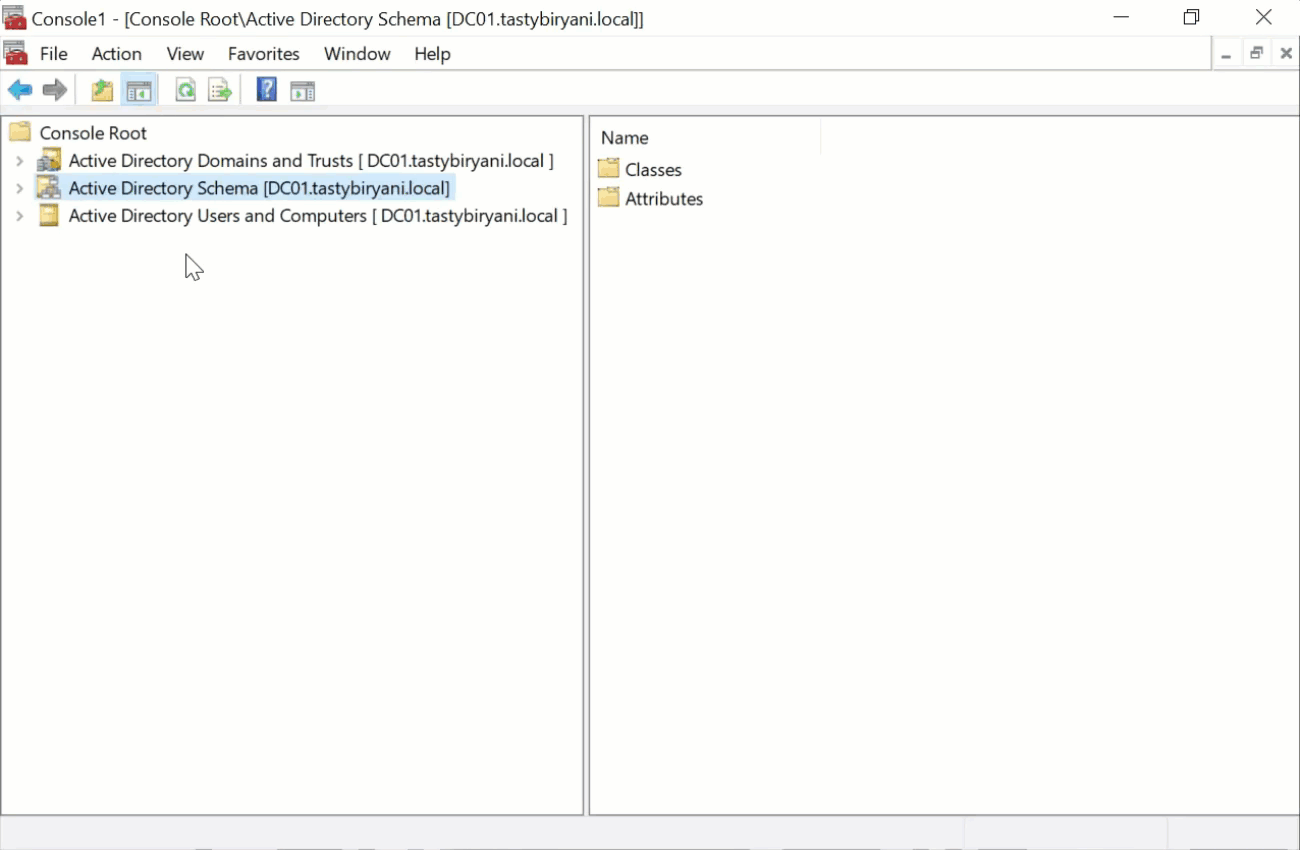
Method 2: Using PowerShell
- Open PowerShell with administrative privileges.
- Run the following command to import the Active Directory module:
Import-Module ActiveDirectory
- To find the domain controller(s) that holds the domain-wide FSMO roles such as the RID Master role, PDC Emulator role, and Infrastructure Master role, run the following command:
Get-ADDomain | Select-Object -ExpandProperty RIDMaster, PDCEmulator, InfrastructureMaster
- To find the domain controller(s) that hold the forest-wide FSMO roles, such as the Domain Naming Master role and Schema Master role, execute the following command:
Get-ADForest | Select-Object DomainNamingMaster, SchemaMaster
Method 3: Using the Command Line Tool “NTDSUTIL”
- Open Command Prompt with administrative privileges and run the following commands in sequence to list the Operations Master roles and the domain controller(s) holding each role.
cmd> ntdsutil roles connections
server connections: connect to server <hostname-of-domain-controller>
server connections: quit
fsmo maintenance: select operation target
select operation target: list roles for connected server
Method 4: Using the Command Line Tool “netdom”
To find out the operations master (also known as FSMO) role holders using the netdom command, follow these steps:
- Open the Command Prompt as an administrator and type the following command and press Enter:
netdom query fsmo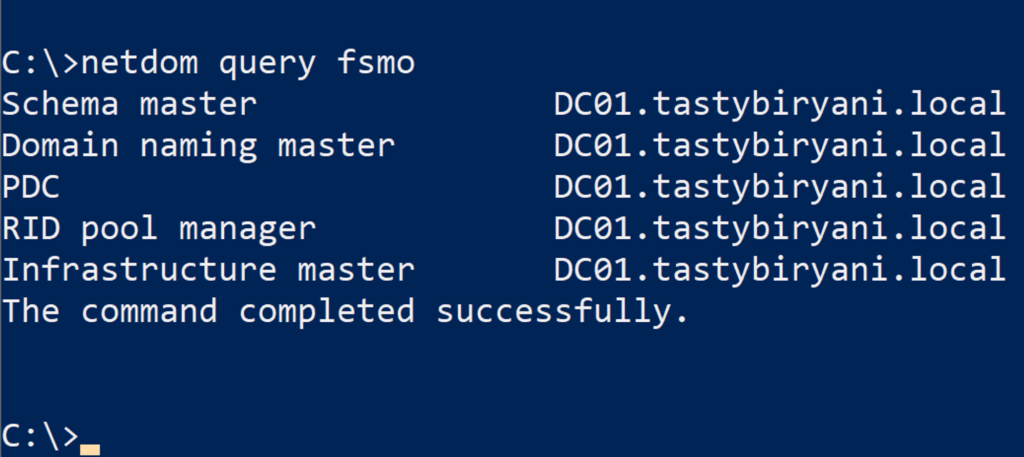
- The command will display the operations master role holders for the domain and forest, including the following roles:
- Schema Master
- Domain Naming Master
- PDC Emulator
- RID Master
- Infrastructure Master
Conclusion
With these different methods, you can easily find the Operations Master role holders in your Active Directory environment. Knowing which domain controllers hold these roles is crucial for proper Active Directory management and troubleshooting. Remember, the Operations Master roles are vital for the smooth functioning of your Active Directory infrastructure. Regularly monitoring and ensuring the health of these roles will help maintain a stable and reliable Active Directory environment.
We hope this blog post has provided you with valuable insights into finding the Operations Master role in Active Directory. If you have any questions or need further assistance, feel free to leave a comment below. Happy Active Directory management!
YouTube Video
Hi! I wanted to share my YouTube video on this topic with you. It would be great if you could take a moment to watch it, give it a thumbs up, share it with others, and maybe even consider subscribing to my YouTube channel. I really appreciate your support!

